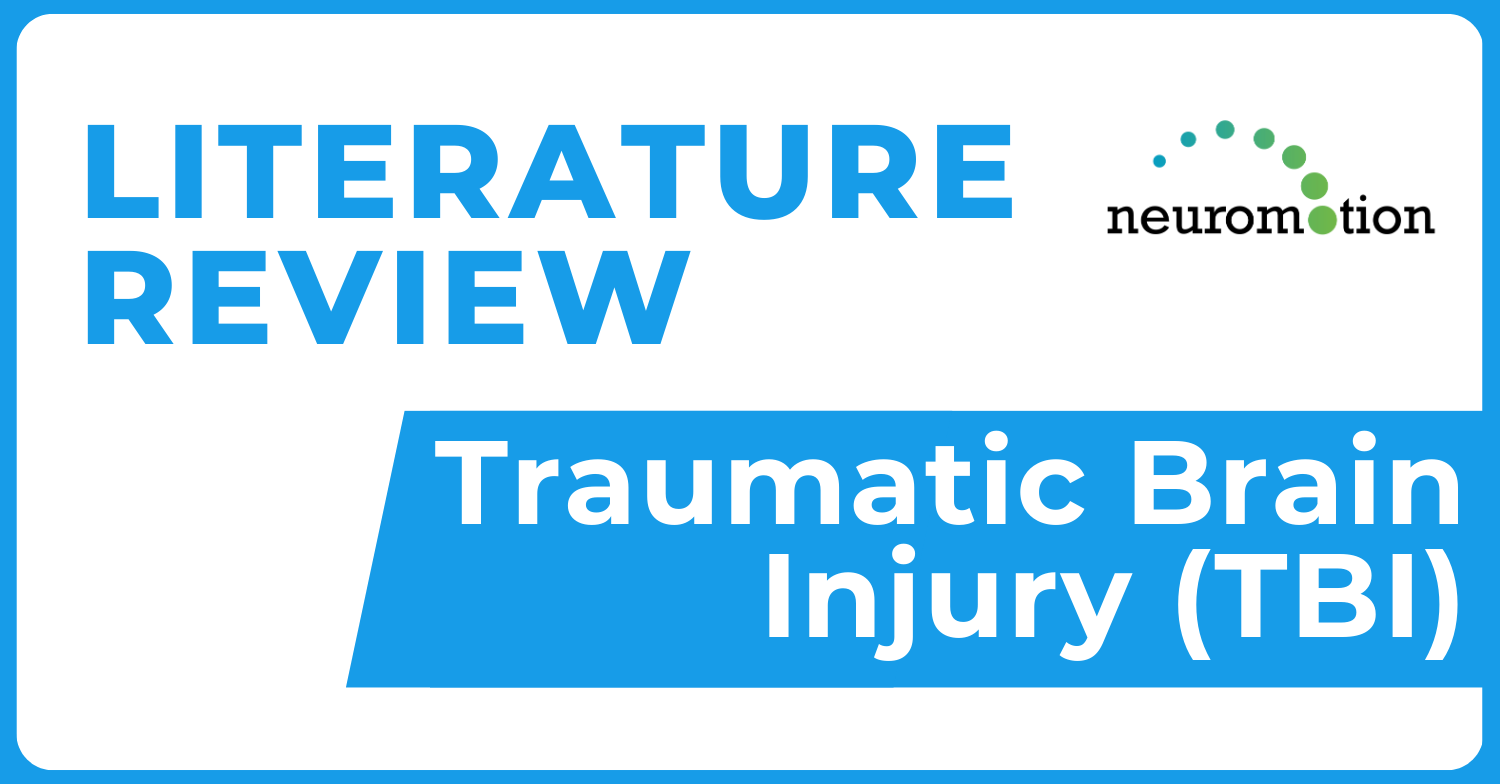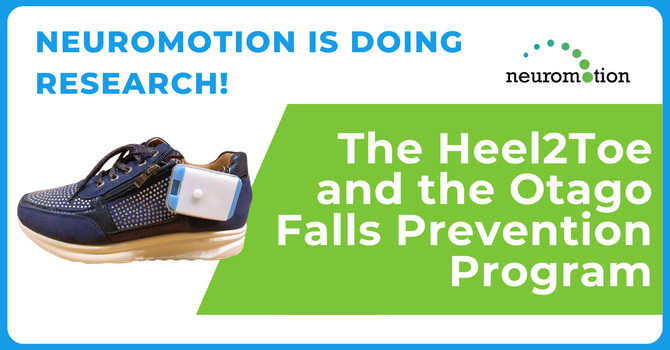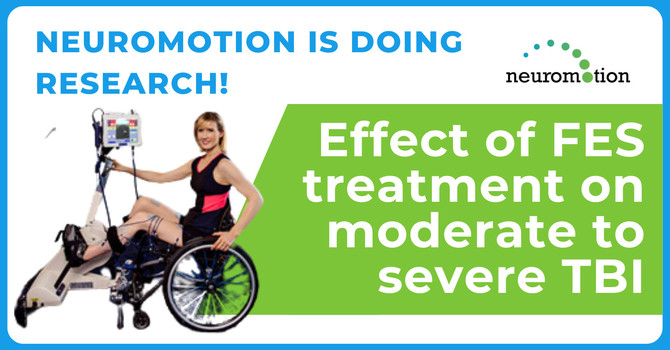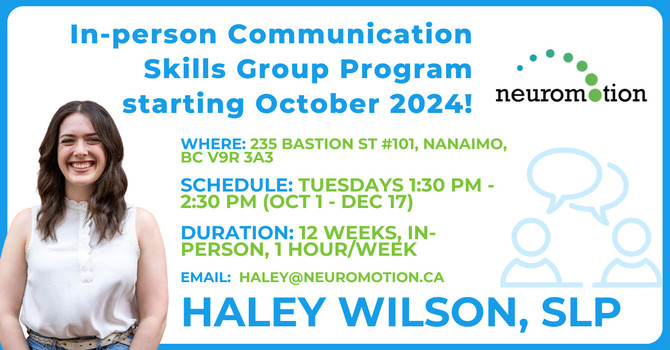
What is a Traumatic Brain Injury (TBI)
The most common neurological condition is a mild TBI, also known as a concussion (Lunkova, et al., 2021, p. 1). TBIs are often caused by an insult of injury to the head, which then causes inflammation in the brain. This causes the brain to swell and disturbs the structural and functional integrity of the brain (Crupi, et al., 2020, p. 1) and these outcomes can often persist for months or years (Crupi, et al., 2020, p. 2).
What is the prevalence of TBIs?
At least 1.7million people sustain TBIs each year in the United States, and this causes 30% of injury related deaths (Yue, et al., 2013, p. 1831). Consequently, the amount of funds expended on mild TBI in the United States exceed $60 billion (Dams-O’Connor, et al., 2013, p. 2014) Generally, men have a TBI incidence rate 1.4x higher than women, however when it comes to sport-related concussions women tend to have a higher incidence of concussions and more severe post-concussion symptoms (Ptito, et al., 2021, p. 1419). When looking at the demographics of TBI, the most hospital admissions for TBI are seen to be older people, children and adolescents (Maas, et al., 2022, p. 1009).
Between 1-5 years after a TBI, functional decline occurs almost at the same rate as improvement, thus TBI should be viewed and treated as a chronic condition (Maas, et al., 2022, p. 1022). The mTBI recovery process is seen to be non-linear with symptoms emerging months after injury, some persisting for more than a year and others showing to improvement trends. Even after one year post-incident, up to 20-30% patients experience sequalae on TBI, and up to 80% continue to experience symptoms (McMahon, et al., 2014, p. 32). Further, the case of individuals who had TBIs before the age of 18, the are more likely to be diagnosed with developmental disorders. And those with a history of TBIs are 24% more likely than those without historical TBIs to have significant psychiatric histories (Dams-O’Connor, et al., 2013, p. 2017).
Causes
The occurrences of TBIs are seen to be driven by road traffic incidences, falls and violence, and are characterised by risked factors such as frailty and alcohol misuse (Maas, et al., 2022, p. 1004). The third most common cause of TBIs is violence. TBIs in sport have recently received more awareness, and this subsequently caused a significant decrease in same-season concussions in players (Maas, et al., 2022, p. 1011).
Symptoms
The consequences of mild TBIs/concussions are often grouped under the term “post-concussion syndrome” and includes physical, cognitive, emotional, and sleep related symptoms (McMahon, et al., 2014, p. 26). Mild-to-moderate TBIs make up more than 80% of TBIs and of this subpopulation, almost 25% of these individuals have persistent post-concussive symptoms (Ptito, et al., 2021, p. 1413).Research has further shown that individuals with a history of TBIs and loss of consciousness have a higher frequency of post-concussive symptoms, mood symptoms, slower processing and verbal learning speed than people with no previous TBIs (Dams-O’Connor, et al., 2013, p. 2014).
Common symptoms include:
- Lower concentration
- Shorter attention span
- Slower processing of information
- Impaired memory
- Headaches
- TBIs are often defined by the onset of headaches within 7 days after the head trauma, and if the headaches persist for longer than 3 months it would be characterised as persistent post-traumatic headaches. Persistent post-traumatic headaches are seen to affect 30% of people with mild TBIs (Ashina, et al., 2020, p. 555). Often in the case of mild TBIs, post-traumatic headaches occur consequently and often presents as a chronic/combined migraine or like a tension headache (Ashina, et al., 2020, p. 5564).
- Dizziness
- Fatigue
- Difficulty sleeping
- Mood changes
Most of these symptoms usually last days or weeks, but about 10-20% of people with TBIs can experience these symptoms for more than a year (Dams-O’Connor, et al., 2013, p. 2014).
Diagnosis
When it comes to diagnosis however, the timing of imaging is important, preferably within the first 3 days post injury (Maas, et al., 2022, p. 1025). TBIs can be characterised by a wide range of severity and outcomes (Yue, et al., 2013, p. 1813). Generally, TBIs are categorised by the Glasgow scale as mild, moderate, and severe (Yue, et al., 2013, p. 1832).
In diagnosing TBIs, primarily neuroimaging is used. However, there are various neuroimaging techniques (Lunkova, et al., 2021, p. 13).
- Functional magnetic resonance imaging (FMRI) is effective for diagnosing concussions (Lunkova, et al., 2021, p. 13)
- Diffusion magnetic resonance imaging (dMRI) detects white matter abnormalities in mild TBIs (Lunkova, et al., 2021, p. 13)
- Myelin imaging is used to identify changes in myelin density and structure
- Susceptibility weighted imaging (SWI) is used to detect microbleeds in the brain
- Arterial spin labelling (ASL), like the blood oxygenation level dependent method, tracks blood flow changes in the brain. (Lunkova, et al., 2021, p. 13)
It should also be noted, that a normal presenting CT scan does not mean the absence of structural abnormalities, thus blood biomarkers play a major role in identifying these injuries (Maas, et al., 2022, pp. 1028-1029). The use of brain derived protein biomarkers in serum and cerebrospinal fluid (CSF) for diagnosing TBIs can improve care, lower the cost of diagnosis, and serve as a prognostic tool for secondary consequences (Dadas, et al., 2018, p. 2989). Further, biomarkers can indicate damage that might otherwise not be detected by neurological imaging (Dadas, et al., 2018, p. 2994).
TBIs can also cause systemic complications including respiratory and renal failure, adrenal insufficiency and myocardial injury. Thus, when it comes to monitoring the condition, intracranial pressure monitoring is used and has been associated with lower mortality and increased functional outcomes (Maas, et al., 2022, p. 1017).
Pharmacological therapies
When treating TBIs, neuroprotection-based treatments are used to treat the advancement of secondary injuries, like inflammatory processes, and other treatments are used to treat the symptoms of theses secondary injuries, e.g. dizziness and headaches (Crupi, et al., 2020, p. 2). Some of these treatments include:
- Fenobirate is used to treat brain swelling, oxidative stress and inflammation.
- Pioglitazone and rosiglitazone are also used to treat neuroinflammation as it enhances neuroprotective antioxidant molecules (Crupi, et al., 2020, p. 6)
- Flavopiridol is used to reduce the size of legions in the brain.
- Roscovitine is also used to moderate neuroinflammation and degeneration. (Crupi, et al., 2020, p. 6)
- Perispinal etanercept has also shown a reduction in neurological dysfunction in long term TBI patients.(Crupi, et al., 2020, p. 6)
Research has also focussed on repurposing certain medications used for other conditions as treatments for TBIs (Ghiam, et al., 2021, p. 1).
- N-acetyl cysteine (NAC) is used to treat hepatotoxic overdoses of acetaminophen, and because of its antioxidant and anti-inflammatory properties it is currently being considered to treat TBIs as its therapeutic properties can help reduce the chances of secondary consequences (Ghiam, et al., 2021, p. 2).
- Minocycline (MINO) is an antibiotic, but when used in combination with NAC, has neuroprotective properties, such as preventing nerve cell damage (Ghiam, et al., 2021, pp. 1-2).
- Phenserine (PHEN) was originally developed to treat Alzheimer’s (Ghiam, et al., 2021, p. 1). However, when repurposed for treating TBIs, its anti-neuroinflammatory properties have been shown to prevent cell death and thus alleviates the primary cellular damage caused by TBIs (Ghiam, et al., 2021, p. 4).
- Neurosteroids, like progesterone has been shown to promote neurogenesis and are also being considered to repurpose the medication for treating TBIs (Ghiam, et al., 2021, p. 4).
Physical therapies
Early and continuous rehabilitation is important in both the acute and post-acute phases to reduce the secondary effects of TBIs (Maas, et al., 2022, p. 1014).
Traditional therapy for impaired balance after TBI involves vestibular/balance based physical therapy. Recently, the use of neurostimulation has gained increased attention as a possible treatment method (Ptito, et al., 2021, p. 1413).
The implementation of neurotherapy has been shown to improve neuroplasticity by exiting structural and functional connectivity in the brain (Crupi, et al., 2020, p. 9). Various of these neurostimulation devices have been approved for therapeutic use and the treatment of secondary sequalae of TBIs. For example, neurostimulation of the vagus and trigeminal nerve has been approved for the treatment of migraines/cluster headaches (Ptito, et al., 2021, p. 1413).
The use of Translingual Neurostimulation (TLNS) with targeted physical therapy is seen to help improve balance, gair, headaches, sleep quality, and fall frequency in individuals with mild-to-moderate TBIs (Ptito, et al., 2021, p. 1412). TLNS stimulates the cranial nerves via the tongue and can change resting-state of brain activity (Ptito, et al., 2021, p. 1413).
New research
New research investigates the use of stem cell therapy as a possible treatment of TBIs as these cells will migrate to the damaged sites and stimulate recovery (Wang, et al., 2022, p. 1). Current research aims to use stem cell therapy to promote functional reconstruction and neural regeneration (Wang, et al., 2022, p. 10). However, this research is still in its early phases of determining which transplantation methods would work best, for example by use of hydrogel material to deliver the stem cells (Wang, et al., 2022, p. 10) and bioactive factors, like hyaluronic acid, (Wang, et al., 2022, p. 2) ensure their survival.
References used:
Ashina, H. et al., 2020. Persistent Post-Traumatic Headache Attributed to Mild Traumatic Brain Injury: Deep Phenotyping and Treatment Patterns. Cephalalgia, 40(6), pp. 554-564. https://pubmed.ncbi.nlm.nih.gov/32102546/
Crupi, R., Cordaro, M., Cuzzocrea, S. & Impellizzeri, D., 2020. Management of Traumatic Brain Injury: From Present to Future. Antioxidants, 9(297), pp. 1-17. https://www.ncbi.nlm.nih.gov/pmc/articles/PMC7222188/
Dadas, A., Washington, J., Diaz-Arrastia, R. & Janigro, D., 2018. Biomarkers in Traumatic Brain Injury (TBI): A Review. Neuropsychiatric Disease and Treatment, Volume 14, pp. 2989-3000. https://www.ncbi.nlm.nih.gov/pmc/articles/PMC6231511/
Dams-O’Connor, K. et al., 2013. The Impact of Previous Traumatic Brain Injury on Health and Functioning: A TRACK-TBI Study. Journal of Neurotrauma, Volume 30, pp. 2014-2020. https://www.ncbi.nlm.nih.gov/pmc/articles/PMC3868372/
Ghiam, M. K. et al., 2021. Drug Repurposing in the Treatment of Traumatic Brain Injury. Frontiers in Neuroscience, Volume 15, pp. 1-6. https://www.frontiersin.org/journals/neuroscience/articles/10.3389/fnins.2021.635483/full
Lunkova, E., Guberman, G. I., Ptito, A. & Saluja, R. S., 2021. Noninvasive Magnetic Resonance Imaging Techniques in Mild Traumatic Brain Injury Research and Diagnosis. Human Brain Mapping, Volume 42, pp. 5477-5494. https://pubmed.ncbi.nlm.nih.gov/34427960/
Maas, A. I. et al., 2022. Traumatic Brain Injury: Progress and Challenges in Prevention, Clinical Care, and Research. The Lancet Neurology Commissions, Volume 21, pp. 1004-1060. https://pubmed.ncbi.nlm.nih.gov/36183712/
McMahon, P. et al., 2014. Symptomatology and Functional Outcome in Mild Traumatic Brain Injury: Results from the Prospective TRACK-TBI Study. Journal of Neurotrauma, Volume 31, pp. 26-33. https://www.ncbi.nlm.nih.gov/pmc/articles/PMC3880097/
Ptito, A. et al., 2021. A Prospective, Multicenter Study to Assess the Safety and Efficacy of Translingual Neurostimulation Plus Physical Therapy for the Treatment of a Chronic Balance Deficit Due to Mild-to-Moderate Traumatic Brain Injury. Neuromodulation, Volume 24, pp. 1412-1421. https://pubmed.ncbi.nlm.nih.gov/32347591/
Skaansar, O. et al., 2020. Traumatic brain injury—the effects of patient age on treatment intensity and mortality. BMC Neurology, 20(376), pp. 1-10. https://pubmed.ncbi.nlm.nih.gov/33069218/
Wang, L. et al., 2022. Injectable Hyaluronic Acid Hydrogel Loaded with BMSC and NGF for Traumatic Brain Injury Treatment. Materials Today Bio, Volume 13, pp. 1-13. https://pubmed.ncbi.nlm.nih.gov/35024600/
Yue, J. K. et al., 2013. Transforming Research and Clinical Knowledge in Traumatic Brain Injury Pilot: Multicenter Implementation of the Common Data Elements for Traumatic Brain Injury. Journal of Neurotrauma, Volume 30, pp. 1813-1844. https://www.ncbi.nlm.nih.gov/pmc/articles/PMC3814815/



